Winter sports can be fun and exhilarating experiences, but they do come with their own set of potential risks and dangers–some more serious than others. One way to lower the chances of getting injured during the winter is to choose the right gear. This is true for snowshoes as well. Wearing the right kind of snowshoes can literally save your life.
Here’s how:
With the right kind of snowshoes, there is added traction and grip for less slipping.
 The winter time sees the surface of the ground being covered in sleet, ice and snow, which tends to be extremely slippery. Without proper grip, or traction, people would suffer from nasty falls resulting from slipping on the ice or sleet.
The winter time sees the surface of the ground being covered in sleet, ice and snow, which tends to be extremely slippery. Without proper grip, or traction, people would suffer from nasty falls resulting from slipping on the ice or sleet.
With the use of the right kind of snowshoes, which have crampon traction systems, it offers winter sports enthusiasts the grip and stability to stop or go as they please.
Snowshoes help with extra floatation to curb sinking and aid maneuverability.
Floatation refers to the ability of a snowshoe to curb how much your feet sink into the soft or deep snow. A larger snowshoe with more flotation usually helps when the snow is especially soft or deep during that season. A quality snowshoe can also aid maneuverability while out on the harsh terrain. Anyone who has attempted to cross powdery, deep snow without wearing snowshoes and has “post-holed” instead will understand how important it is to have the right pair.
Snowshoes provide added stability.
The uneven surface of snow could have hiding many unseen objects under it. When you find 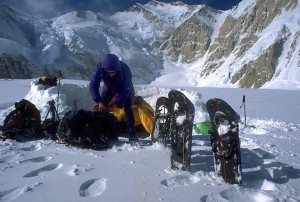 yourself on a snow-covered terrain, wearing the right kind of snowshoes with extra width and length will provide the added stability you need when you encounter these hidden objects beneath the surface. Snowshoes help to maintain proper balance on uneven snowy surfaces.
yourself on a snow-covered terrain, wearing the right kind of snowshoes with extra width and length will provide the added stability you need when you encounter these hidden objects beneath the surface. Snowshoes help to maintain proper balance on uneven snowy surfaces.
Wearing snowshoes can avoid sprained ankle.
With the right kind of snowshoes, a person can avoid painful injuries such as sprained ankles. Snowshoes keep you stable on the tricky, icy, snow-covered surfaces and help you to avoid any mishaps.
It is absolutely important to choose the right size of snowshoes to offer stability and balance. Be sure to arm yourself with the poles or use your ski poles for added balance and stability on the uneven surface. These also help you cross streams, climb over logs, act as a break when you are descending a hill and act as a buffer to yank you out of the powdery snow if you lose your footing and suffer a fall.
Snowshoes help when you are going uphill.
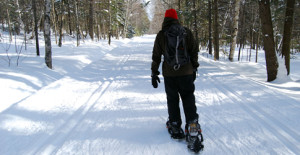 An uphill descent on a snowy, slippery slope is often the most challenging. But with the right set of snowshoes, this can be a piece of cake.
An uphill descent on a snowy, slippery slope is often the most challenging. But with the right set of snowshoes, this can be a piece of cake.
If you are wearing snowshoes while going uphill, the metal cleats on the bottom of the snowshoes to hold onto the snow to offer added grip, making it easy to make the climb.
Snowshoes forces you to have the proper technique while going downhill.
Going downhill can be simple and challenging at the same time. But when wearing snowshoes, it compels a person to acquire proper technique when going downhill. This technique requires the snowshoer to keep their knee bent slightly upon foot-strike so that the impact is absorbed by their muscles and not their joints. To allow traction to take effect, you should make contact with the snow with their snowshoe parallel to the surface of the snow surface.
Snowshoeing has several health benefit.
As a sport, snowshoeing has a variety of health benefits and has been known to burn more 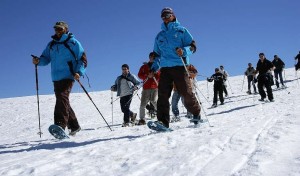 calories than running, walking, or cross-country skiing. Two independent studies conducted by the University of Vermont and Ball State University have revealed that individuals can burn between 420 to 1,000 calories per hour while snowshoeing.
calories than running, walking, or cross-country skiing. Two independent studies conducted by the University of Vermont and Ball State University have revealed that individuals can burn between 420 to 1,000 calories per hour while snowshoeing.
Snowshoeing is also known to be an effective and healthy winter aerobics and fitness activity to keep endurance racers, marathon runners, cyclists, hikers, or people who wish to stay fit during the snowy winter months.
Snowshoeing is considered a low-impact sport.
As compared to other more dangerous winter sports like skiing or snowboarding, snowshoeing is considered to be a relatively low-impact sport which has a seemingly low risk of injury. A natural cushion is provided by the thick blanket of snow to absorb bumps or shocks. The mechanics involved in snowshoeing are fairly similar to hiking or walking, making it a sport that people of all ages can enjoy.
Snowshoe walks are said to build endurance and strength.
It is believed that a person can hone their balance, endurance, and overall strength by longer snowshoe walks. The hamstrings, quads, and calf muscles receive quite a workout when snowshoeing. Upper body strength for the back of your arms and shoulders can be built through the use of poles during the energetic act of snowshoeing.
Every one of these aspects can end up costing you your life if you do not engage in them properly. For example, if you are not using snow shoes and walking uphill the snowshoes will enable you to ascend properly and save you energy at the same time. You will not be losing your foot or part of your leg when it sinks into the snow after every step. This repeated action could drain your energy even on a short hill climb. If this occurs out in the wild, you may not make it back to camp or your car.
Snowshoes are a life saver!


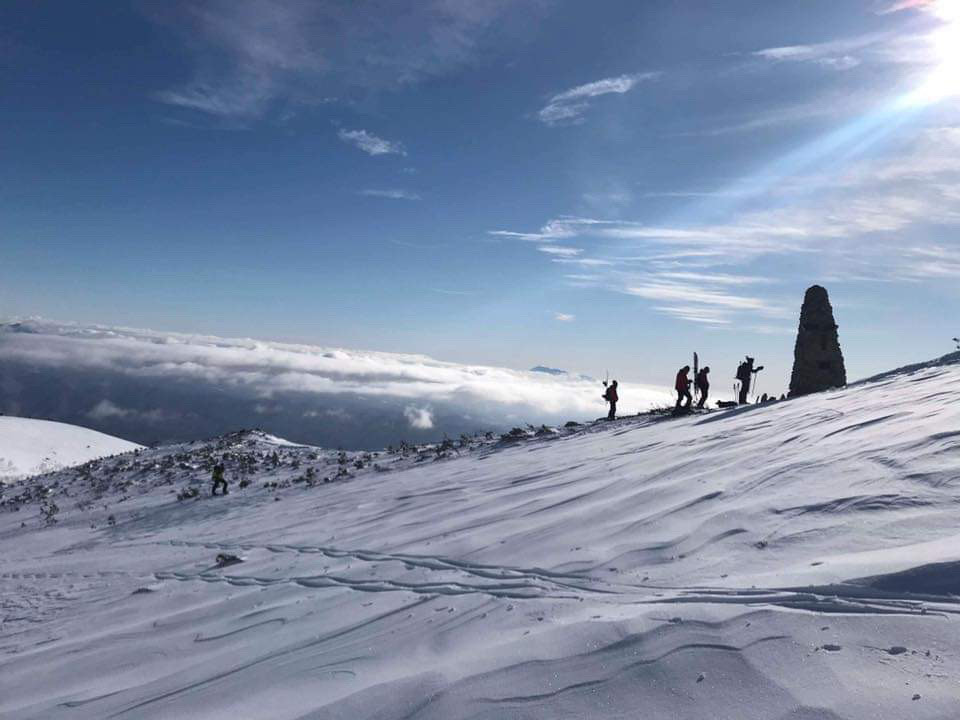
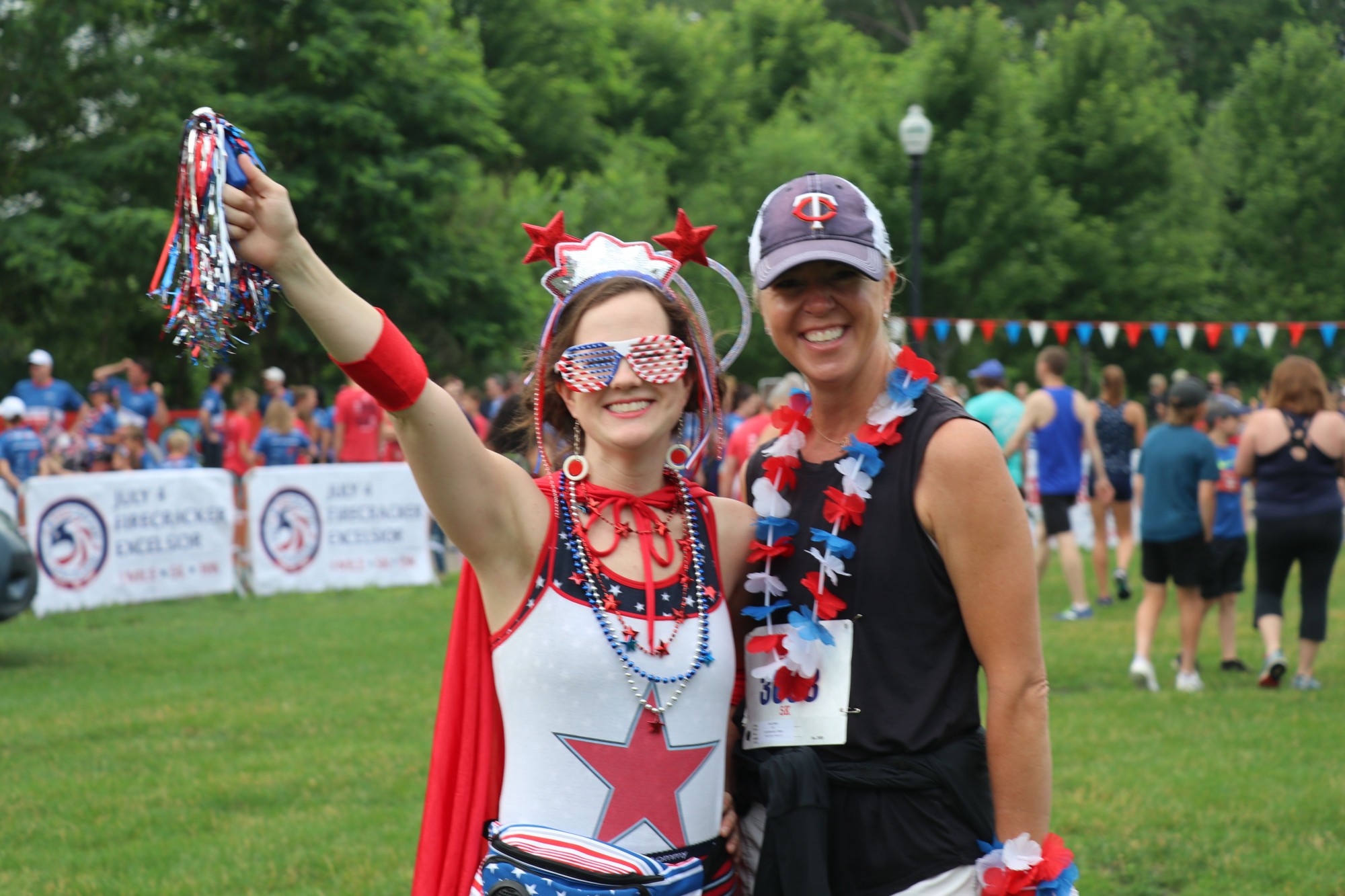
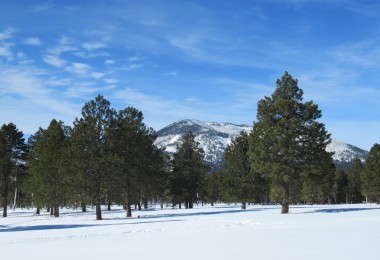

Leave a Comment